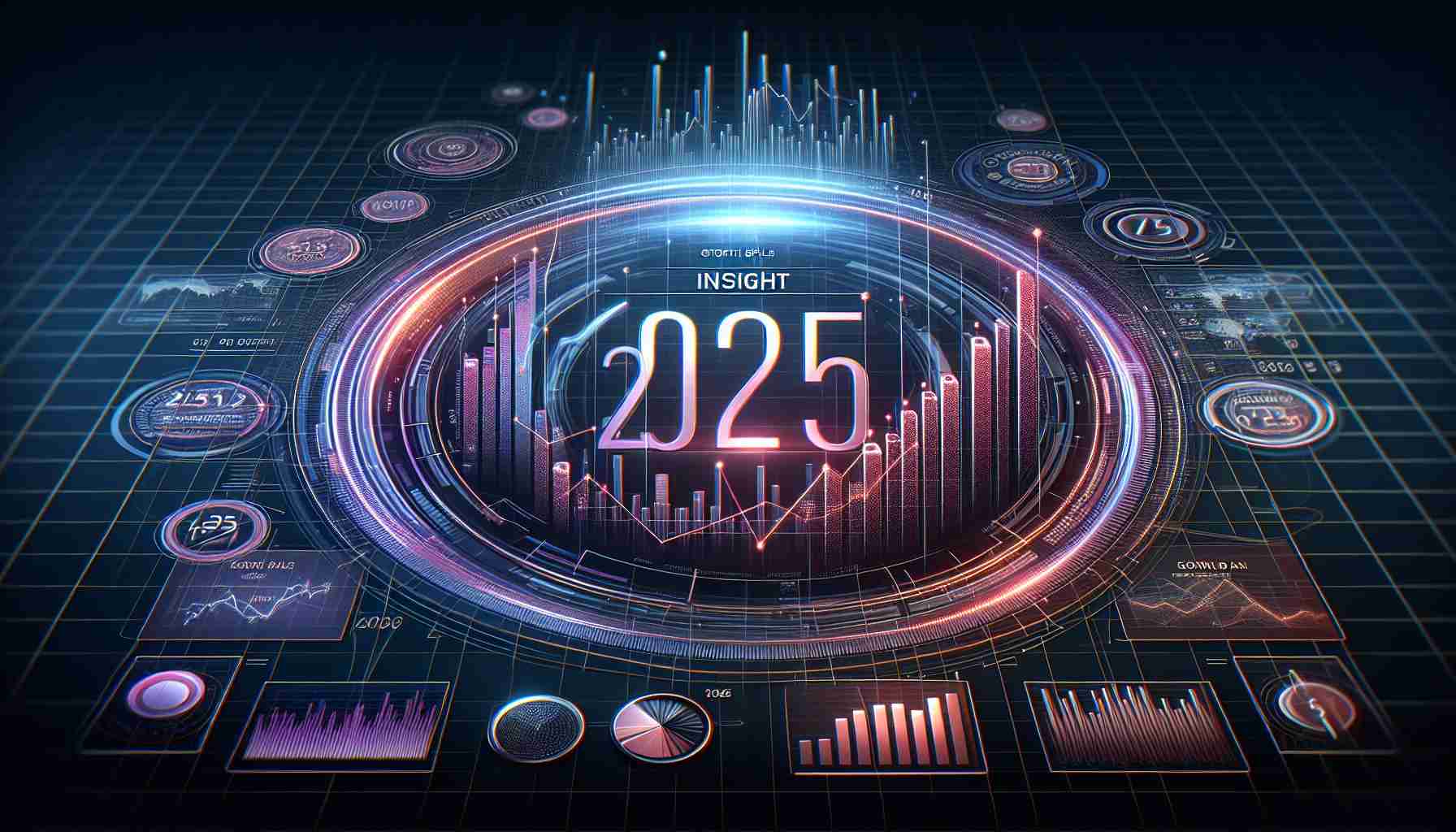In a remarkable leap towards revolutionizing air travel, China is racing ahead with the development of a cutting-edge hypersonic commercial aircraft. This groundbreaking technology promises to dramatically reduce global travel times. A hypersonic aircraft under development in China could soon ferry passengers from Paris to Beijing in a mere hour and circumnavigate the globe in just seven hours.
China’s Leading Edge
China has embarked on an ambitious journey to lead the world in hypersonic flight. Already a major player in global markets, China seeks to extend its dominance into the aviation sector. With its latest project, presented by the Beijing-based company Lingkong Tianxing Technology, the nation is setting a new benchmark in air travel. The company recently showcased their Yunxing prototype, which has the potential to reach staggering speeds of Mach 4, or approximately 3,069 miles per hour.
The Future of Fast Travel
This new aircraft could redefine long-distance travel, offering unprecedented speed advantages. It claims to make the journey from Paris to Beijing in just one hour and cover London to New York in merely two hours. Lingkong Tianxing Technology plans to debut a full-sized supersonic passenger jet by 2027, aiming to usher in a new era of hypersonic travel.
A Rivalry of the Skies
Notably, China isn’t alone in the race for supersonic and hypersonic aviation. Venus Aerospace, a company based in the United States, is ambitiously working on a jet engine designed to achieve speeds of Mach 6. Meanwhile, Elon Musk’s potential interest in this sector is also on the horizon, though other ventures currently take priority. As competition heats up, the dream of rapid global connectivity comes closer to reality.
The Hidden Implications of Hypersonic Travel That Could Change the World
Unforeseen Impacts on Global Connectivity
While the allure of cutting transit times around the globe is captivating, the ripple effects of hypersonic travel extend far beyond mere speed. A shift to hypersonic technology could redefine geopolitical, economic, and environmental landscapes in ways that the promotional narratives rarely reveal.
Economic Shifts and Job Displacement
The advent of hypersonic travel could lead to significant economic shifts. Industries reliant on long-distance air travel, such as global business ecosystems, could experience rapid transformations. While faster travel could enhance productivity and reduce time-zone fatigue for business travelers, it may also cause job displacement in sectors like traditional aviation, hospitality near airports, and supporting services. The question is: How will economies adapt to these changes, and can they do so without increasing unemployment?
Environmental Concerns and Sustainability
Despite their potential, hypersonic aircraft come with environmental concerns that cannot be overlooked. These aircraft are expected to consume substantial amounts of fuel, possibly increasing carbon emissions significantly above those of current long-haul planes. This raises critical questions about their sustainability credentials. What innovations in fuel efficiency or alternative energy sources are being explored to mitigate their environmental footprint?
Security Challenges and Airspace Management
As hypersonic technology progresses, airspace becomes increasingly contested. Managing a new class of ultra-fast aircraft alongside existing air traffic requires revamped regulations and potentially new international agreements. The speed at which one could cross national boundaries might also pose security risks, necessitating advanced surveillance systems and protocols. How will countries collaborate to manage these new security challenges while capitalizing on the benefits?
Advantages and Disadvantages of Hypersonic Travel
The advantages of hypersonic travel are clear: swift journeys that once took hours or days reduced to mere minutes or a couple of hours, potentially igniting unprecedented global connectivity and economic opportunities. For countries like China, this prowess in aviation may enhance their influence in global politics and trade.
However, the disadvantages cannot be ignored. High operational costs could make tickets exorbitantly expensive, potentially widening the travel accessibility gap between socioeconomic classes. Additionally, the increase in emissions and the challenge of integrating with current infrastructure pose significant hurdles. Can technological advancements keep pace with these challenges to ensure equitable benefits?
Controversies and Challenges Ahead
The race for hypersonic travel is marred with controversies, especially concerning funding sources, international collaboration, and the sharing of sensitive technology. Countries might face dilemmas about balancing innovation with regulation and ethics. For instance, should military applications influence civilian innovations? And where does transparency fit in these advancements, given their strategic implications?
Possible Future Scenarios
Looking forward, one may wonder: Will hypersonic travel become commonplace, or will it remain a luxury limited to the elite few? And more intriguingly, what mechanisms will ensure its development aligns with sustainable and inclusive growth goals?
For those interested in deeper exploration, additional insights and updates on aviation and technology can be found on websites like Popular Mechanics, Scientific American, and Condé Nast Traveler.
As the world watches the skies, the realm of hypersonic transport beckons us to reimagine possibilities, not only in travel but in how we perceive time, distance, and connectivity.






















